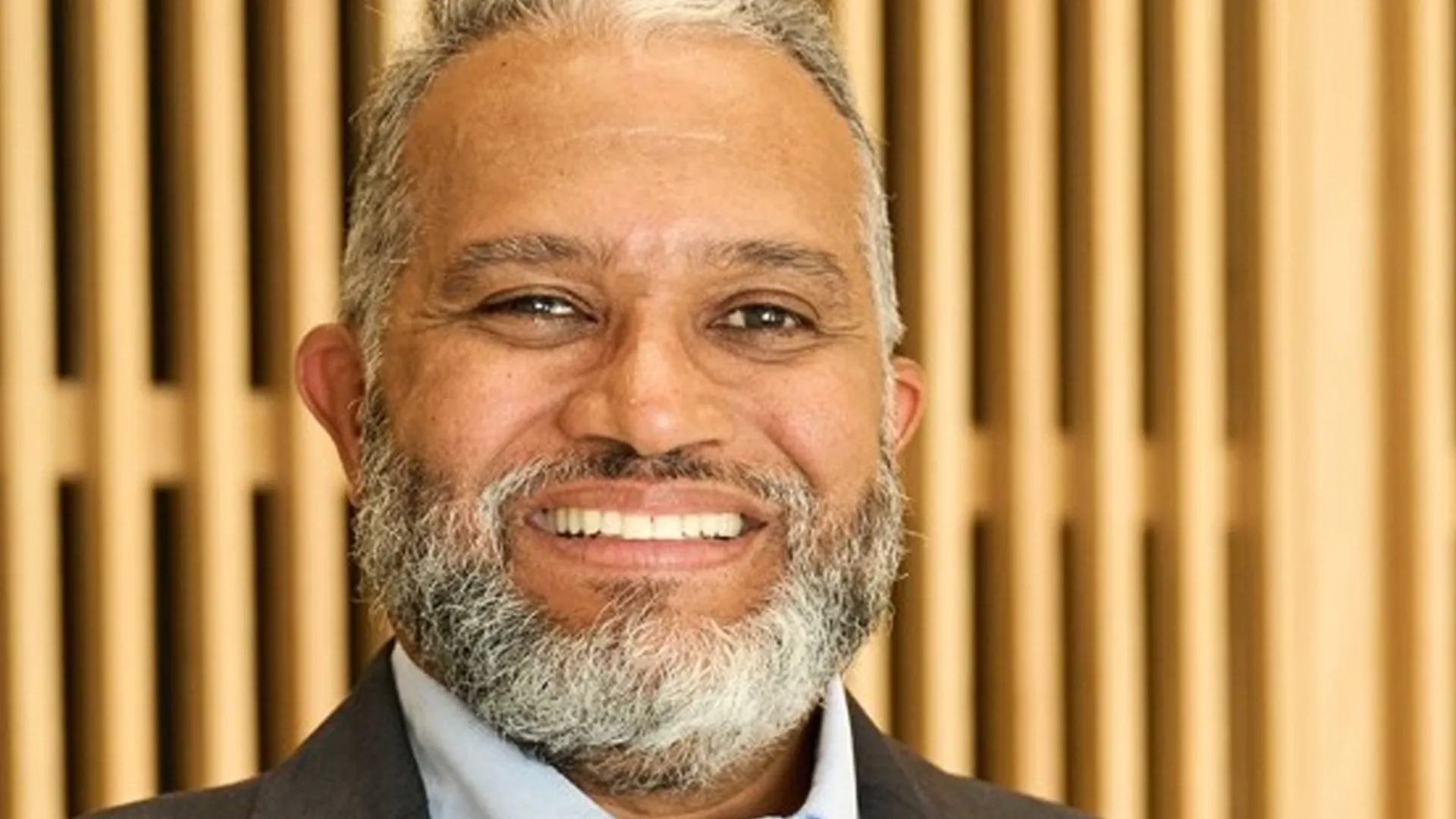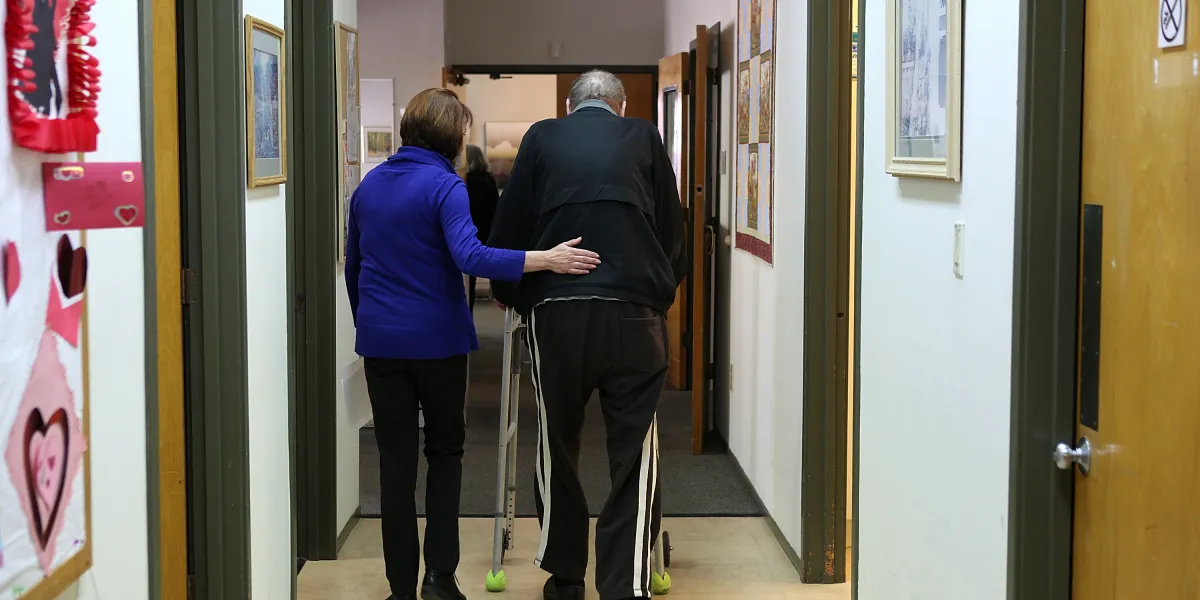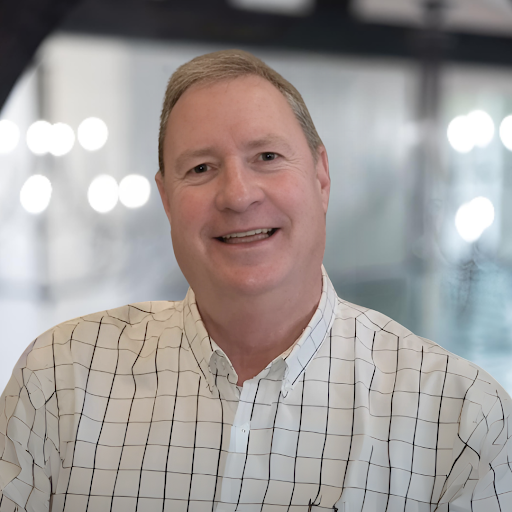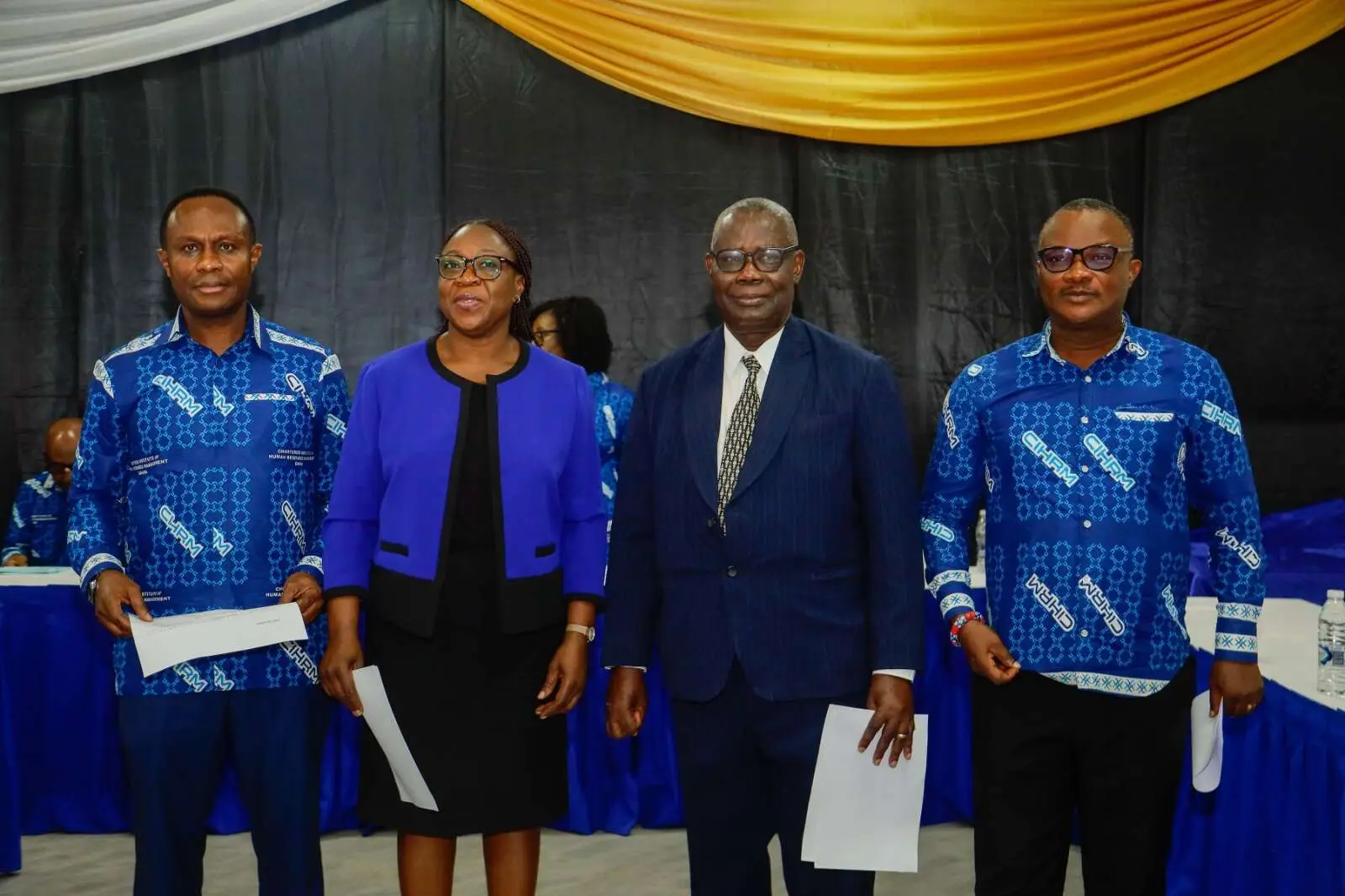Copyright Interesting Engineering

When Hurricane Milton tore through Florida in October 2024, it left at least 45 dead and billions in damages. But for Feniosky Peña-Mora, the devastation wasn’t just another disaster but a call to action. The president of the American Society of Civil Engineers (ASCE) and Executive Vice President of Research at Mexico’s Tecnológico de Monterrey, Peña-Mora, who has more than 250 publications and multiple patents to his name, urged governments and engineers alike to invest in resilient infrastructure. A systems engineer by training, Peña-Mora has spent decades working at the intersection of urban resilience, public service, and cutting-edge infrastructure research. And as a former commissioner of New York City’s Department of Design and Construction and ex-dean at Columbia Engineering, he has shaped not just buildings, but the philosophy of how we build. In this conversation with Interesting Engineering (IE), Peña-Mora traces the moments that shaped him—from hurricanes in his childhood to his leadership at ASCE—and offers pointed advice for engineers navigating today’s climate extremes. Interesting Engineering: Looking back, what were the moments that defined your path? Feniosky Peña-Mora: “I’ve always been open to opportunity. I’ve been quite flexible and maintained an open mind about the different paths presented to me. For example, if you had asked me at 20 years old whether I would one day be at Tec de Monterrey, a professor at Columbia, or a commissioner overseeing the reconstruction of New York’s Times Square, I would have said, ‘No way.’ I could have never dreamed it. I often tell my students there are six Ps you need in life: passion, purpose, preparation, perspiration, perseverance, and people.” IE: Would you mind expanding on those a bit? “You need passion to drive you, purpose to know how to use your knowledge to educate and contribute. You must prepare by staying informed about what’s happening, especially about the advances of technology. Also, perspiration – you have to sweat it and work really hard. Life isn’t easy, and you always have to give your best. Then there’s perseverance. There are going to be obstacles, but you can’t let your passion die. And last but not least, people. As engineers, we sometimes prefer to focus on solving problems alone, but I’ve learned we must work with others. The challenges in today’s society are complex, and solving them takes collaboration across many fields.” IE: Was there a moment in your upbringing or education that first sparked that drive in you? “There were significant moments in my life that didn’t unfold the way any of us would’ve wished. When I was very young, my mother had to leave the Dominican Republic and migrate to the United States for economic reasons. “Then in 1979, there was a hurricane—I believe it was called David—that had a huge impact on the Dominican Republic. At the time, my sister and I were separated. She stayed in New York while I went back home, and I witnessed firsthand the devastation such disasters can cause. Not just to the physical infrastructure or the daily functioning of a city, but also to families and entire communities.” IE: Has your understanding of resilience evolved over time? “It has. As an engineer, I used to think I was growing professionally by focusing on the hard infrastructure: streets, bridges, pipes, transportation networks, airports. But over time, it became about something more – the concept of community resilience. “Because disasters will happen – sooner or later. A stronger, better-informed community is more likely to withstand those events. And I’ve come to understand resilience has two key components: physical resilience and community resilience.” IE: Resilient infrastructure is arguably a matter of life and death. From a systems engineering perspective, what do you think we’re still getting wrong, and what must we start doing differently? “New infrastructure should be informed by past events and built with flexibility, making it more resilient to future challenges. In 2023, ASCE made a major update to its flood load chapter in the ASCE/SEI 7-22 standard, which sets the minimum design loads for buildings and structures. It incorporated updated national data and, significantly, focused on designing for 500-year flood events rather than just the 100-year ones. “We have to communicate this as loudly as possible, because every dollar invested in resilience saves about 13 dollars during a disaster. And we need to bring in new technologies to support that, such as corrosion-resistant alloys, high-performance fiber-reinforced concrete (HPFRC), and smart materials that can self-monitor and self-heal. “At Tec de Monterrey, we’ve been researching advanced materials, from geopolymers and concrete to biopaste composites, to help build more resilient infrastructure while reducing environmental impact.” IE: As an ASCE president, you’re in a unique position to shape the future of civil engineering. What’s one change, or legacy, you’d like to leave by the end of your term? “One area I’ve been focusing on is how to take a more integrated approach to our projects. Sometimes we create efficient solutions, but without considering the broader system. We’re working on strengthening systems thinking, and making our approach more holistic and interdisciplinary.” IE: Technology is moving fast. How are tools like AI, digital twins, and predictive modeling changing how we design and manage infrastructure? “Technology is evolving rapidly, and it’s not just affecting our solutions, but also how we arrive to them. We don’t want to look at AI as the solution, but a very important and powerful tool. Nonetheless, a tool. There are aspects of engineering judgment that should never be superseded. “Tools like digital twins are becoming increasingly smarter, especially with the use of digital intelligence. By connecting them with sensors in our infrastructure, we can gather real-time data on how systems actually behave. That information is crucial, particularly during disasters, for making informed decisions about maintenance, resource deployment, and long-term solutions.” IE: Where do you think we’re headed? “I think that crystal ball is still a bit cloudy. We’ve seen rapid advances, especially with technologies like AI. Our ability to model infrastructure, something that was limited by cost and computing power in the past, is improving dramatically. We can now better understand how infrastructure behaves and responds to different hazards and actions. The real task will be educating policymakers and decision-makers to invest wisely so that this information leads to positive impact. IE: We often hear that “engineering saves lives.” But in your work, it’s not only a metaphor – it’s reality. How do you define the engineer’s role in a world shaped by climate extremes? “It’s a critical role. As engineers, we design and build these systems, so I often say: if we’re not at the table, we’re on the table. That means, if we’re not involved early in decision making, especially regarding project investment, we may be forced to work around choices that didn’t prioritize resilience, sustainability or safety. That can reduce the long-term value of our infrastructure. “In the case of disasters, we sometimes argue that civil engineers are the ‘fourth responders.’ After firefighters, police, and medical personnel – we’re the ones who assess the structural integrity of buildings and infrastructure – to ensure that more lives are not endangered, and help communities begin the process of recovery. “I recall – if we think back to Katrina in 2005 – how communities were disintegrated because of the disaster, so many people had to leave New Orleans and relocate. We see with hazards like that how entire areas become dispersed and don’t recover. That’s why our work, when we’re part of the decision-making table, matters. We can help ensure that communities bounce back, with infrastructure that meets the needs of tomorrow, not the needs of yesterday.” IE: You recently addressed the devastation caused by Hurricane Milton. How do you see the role of civil engineers evolving in post-disaster recovery, not just in rebuilding, but in reimagining safer, more resilient communities? “We have to learn from the past, from the events that have occurred. At ASCE, we engage our members to go where disasters happen, like in Turkey or Florida, to study what went wrong, how infrastructure failed, and how that can improve our standards so we build better next time. “But we also have a responsibility to imagine the future. We want infrastructure that lasts, because we now fully understand how deeply communities depend on it.” IE: What’s one simple piece of advice you’d give to a 22-year-old civil engineer just starting out? “I actually have two. First, never, ever lose the fire – no matter how bleak things might seem. And second, be flexible and adaptable. You might have a clear goal, but the path from A to B is rarely a straight line. You may have to go left, right, even backward sometimes. It can be a winding road, but if you keep that drive, you’ll get there.”



